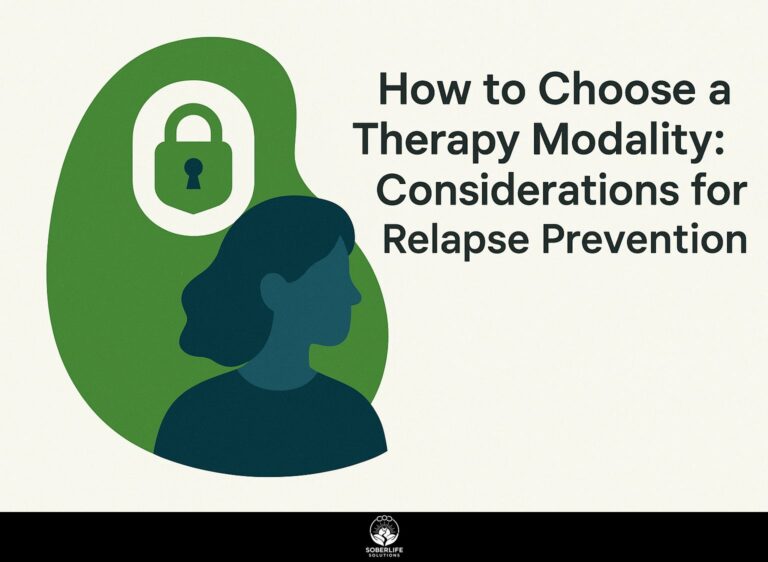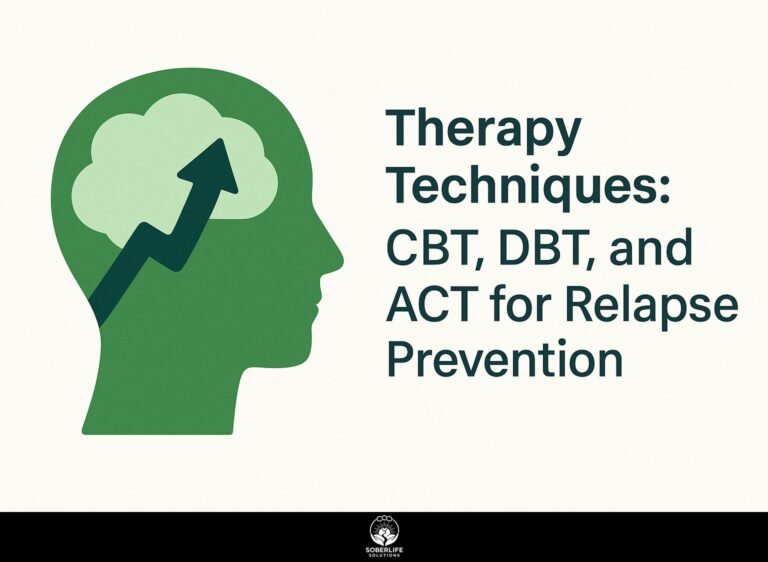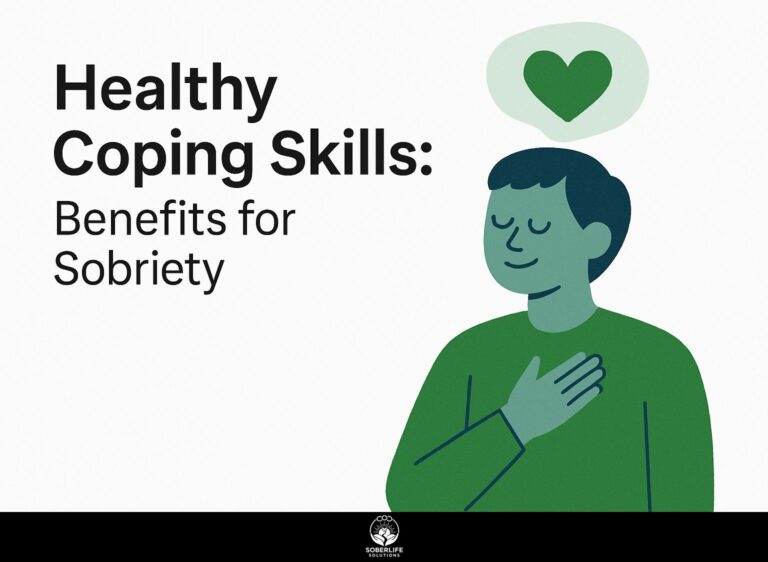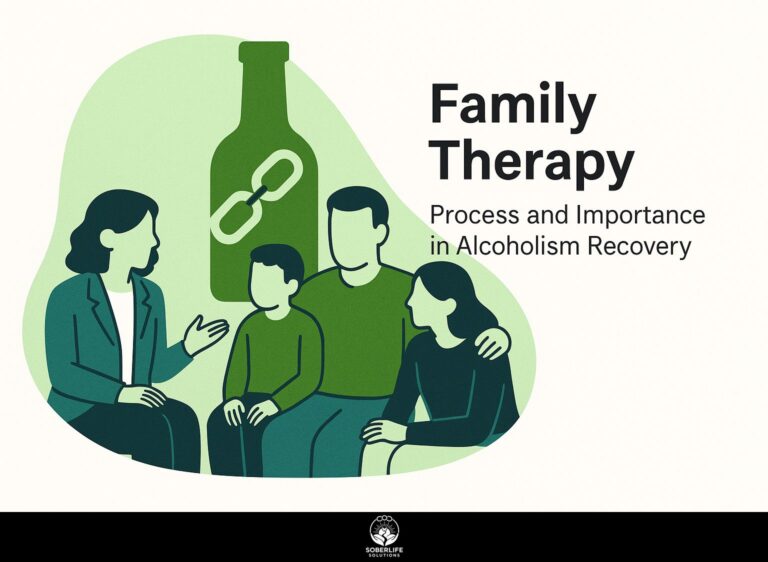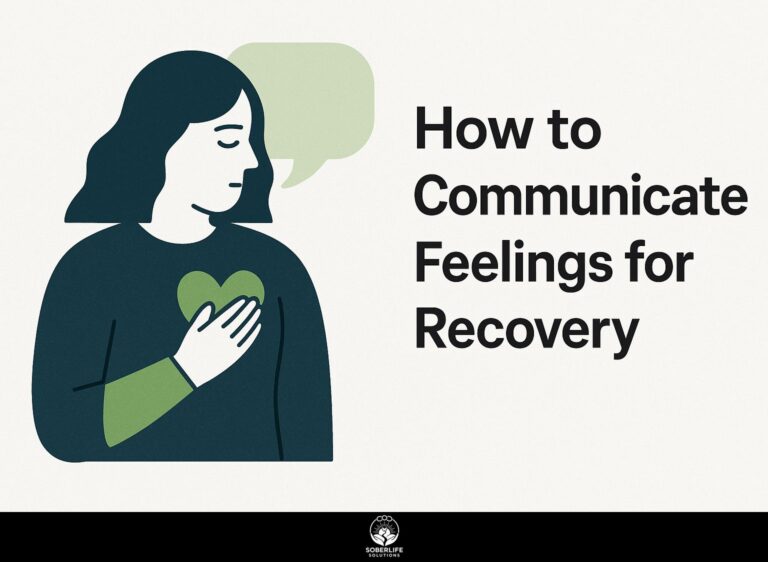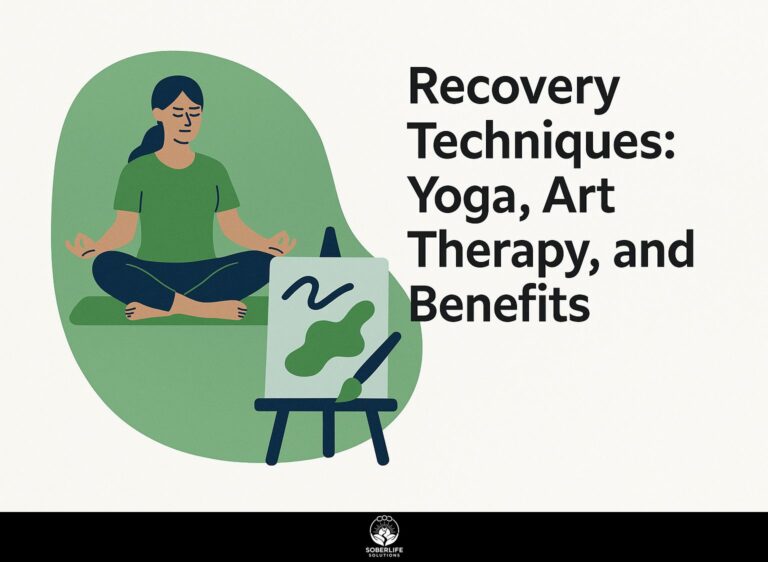Psychotherapy Approaches: Types and Benefits
Introduction to Psychotherapy
Struggling with your mental health? Psychotherapy offers effective treatment to help you heal and thrive. error error error
Key Takeaways:
Psychodynamic Therapy
error
Key Concepts
error
For example, the patient projected anger toward her father onto the therapist (transference), initially canceled sessions when topics felt threatening (resistance), but through consistent validation and boundary-setting, developed trust in the therapeutic alliance.
Therapists can spot transference when clients react disproportionately, resistance through avoidance patterns, and alliance strength via collaborative engagement.
Note phrases like “You remind me of…” or recurring excuses as indicators.
Benefits
error
For example, one private practice client used twice-weekly sessions focusing on transference patterns and dream analysis, reducing panic attacks from daily to monthly within 4 months.
ROI calculation: At $150/session, the $7,200 investment recovered through client retention and reduced crisis management time.
error
Cognitive Behavioral Therapy (CBT)
error
Core Techniques
The five core techniques-cognitive restructuring, behavioral activation, exposure therapy, thought records, and skills training-are each applied in a 30-minute session using the ABC model (Activating event, Belief, Consequence).
For cognitive restructuring, use the Thought Record Worksheet (download at APA.org/thought-record) to challenge irrational beliefs.
Behavioral activation involves scheduling rewarding activities using a weekly planner.
Exposure therapy integrates gradually, starting with 5-minute imaginal exposures.
Skills training employs DBT distress tolerance handouts.
- Allocate 10 minutes for ABC identification,
- 15 for technique application,
- and 5 for homework assignment.
Benefits
A 2024 APA outcome report found CBT delivered in 12 weekly 60-minute sessions cut PTSD symptoms by 40 % and halved relapse rates for OCD.
This structured approach costs approximately $1,200 per client-significantly more cost-effective than long-term medication regimens.
error
Key techniques include cognitive restructuring for trauma triggers and exposure response prevention for OCD, typically implemented using standardized protocols like the PE Manual or Beck Institute worksheets.
Humanistic Therapy
error
Client-Centered Approach
In practice, therapists use the 3-step empathy loop-listen, reflect, validate-during a 45-minute session, as demonstrated by Perlman Wellness in San Diego where client satisfaction rose to 92 %.
To implement this, first actively listen without interruption, then reflect by paraphrasing (e.g., ‘It sounds like you felt overwhelmed when…’), and finally validate emotions (‘That must have been really difficult’).
- actively listen without interruption
- reflect by paraphrasing (e.g., ‘It sounds like you felt overwhelmed when…’)
- validate emotions (‘That must have been really difficult’)
error
Benefits
Clients report a 28 % increase in intrinsic motivation and a 22 % reduction in perceived stress after 8 weeks of humanistic therapy, per a 2023 SAMHSA brief.
For example, therapists can implement client-centered techniques like reflective listening and unconditional positive regard during sessions.
One client, “Sarah,” noted feeling more self-directed after identifying personal values through guided exploration.
To track progress, administer the Perceived Stress Scale (PSS) pre- and post-intervention, comparing scores to quantify stress reduction and reinforce client awareness of therapeutic gains.
Integrative and Holistic Approaches
Integrative programs combine CBT, DBT, EMDR, and medication management, achieving a 65 % overall remission rate for complex trauma in a 2022 NIMH trial.
A hybrid protocol typically includes weekly individual DBT sessions using the Diary Card app ($9.99/month) for tracking skills practice, biweekly EMDR processing, and monthly group skills training.
error
error
Frequently Asked Questions
What are the main types of psychotherapy approaches available?
error error error
How do the benefits of different psychotherapy approaches compare?
The benefits of various psychotherapy approaches often overlap but can have different areas of emphasis based on their core principles. error error
Can you explain the core benefits of engaging in any form of psychotherapy?
Absolutely. Regardless of the specific modality, the core benefits of engaging in psychotherapy are significant. error error
What factors should I consider when choosing between different psychotherapy approaches?
error Key considerations include the specific issues you want to address (e.g., phobias, trauma, relationship problems), your personal goals for therapy (e.g., skill-building vs. deep exploration), your comfort level with the therapist’s style, and evidence supporting the approach for your condition. error
Is one psychotherapy approach more effective than the others?
Research does not universally declare one psychotherapy approach as the most effective for all people or all conditions. The efficacy often depends on the individual’s specific concerns, the quality of the therapeutic relationship, and their engagement in the process. For example, CBT is extensively validated for anxiety disorders, while other approaches might be more beneficial for interpersonal issues. error
error
error error error

